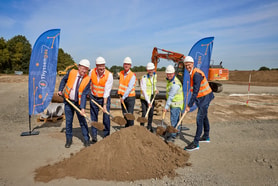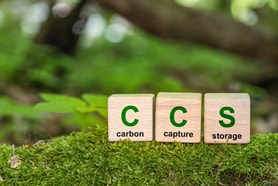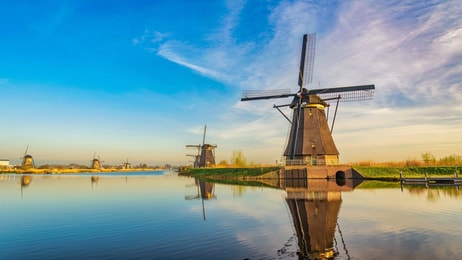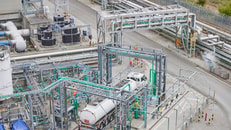UK and Norway step up cross-border CO2 storage plans
The UK and Norway are growing their joint plans for building offshore infrastructure and reducing barriers to develop a North Sea hub for the cross-border storage of carbon dioxide.
It is estimated that the North Sea could store up to 78 billion tonnes of CO2, providing economy-growing and emissions-reducing opportunities for both countries and their industrial activity.
... to continue reading you must be subscribed
























